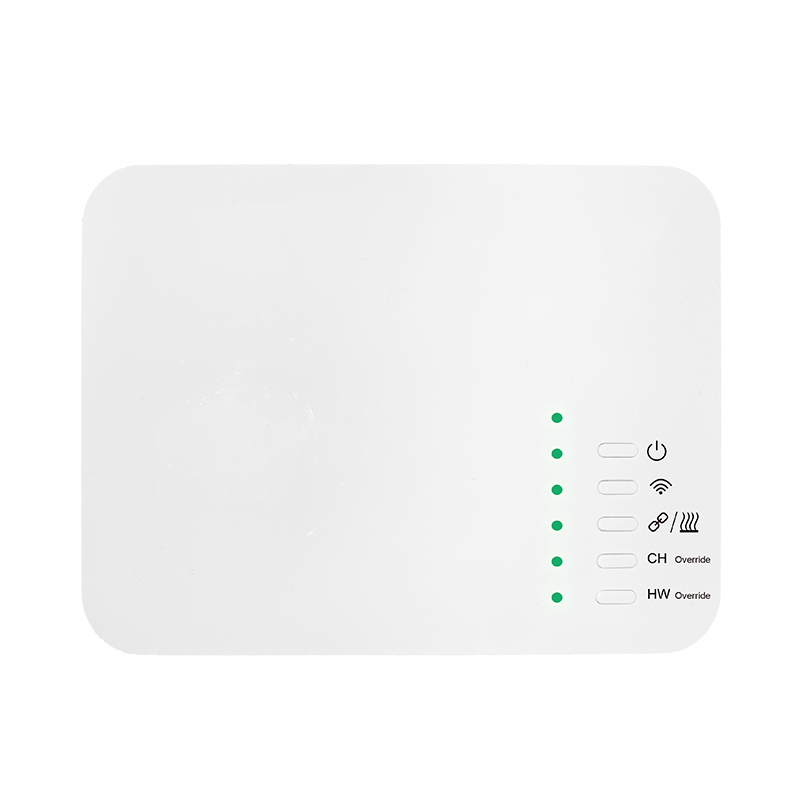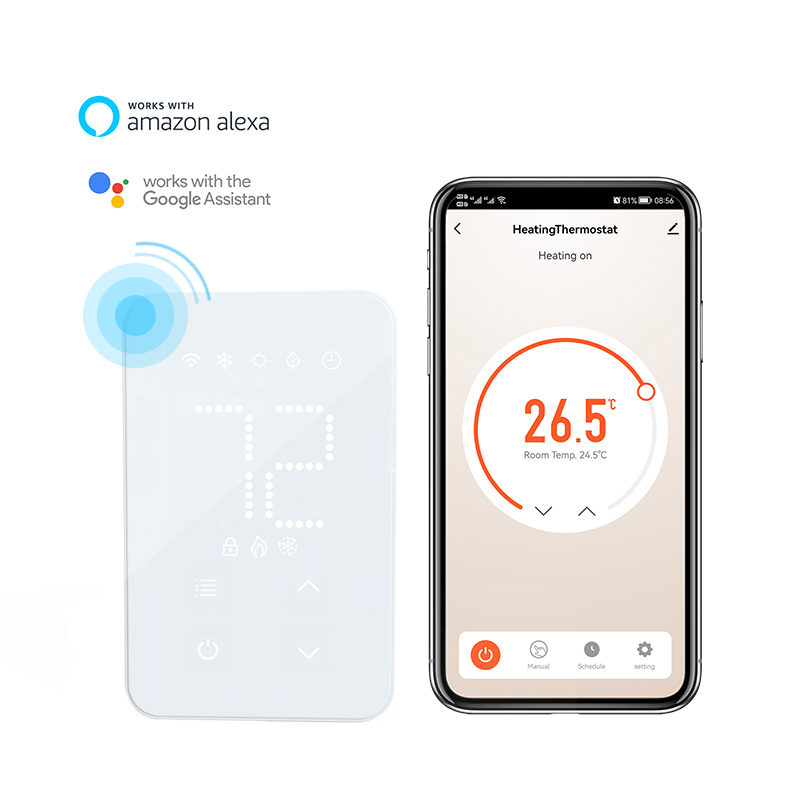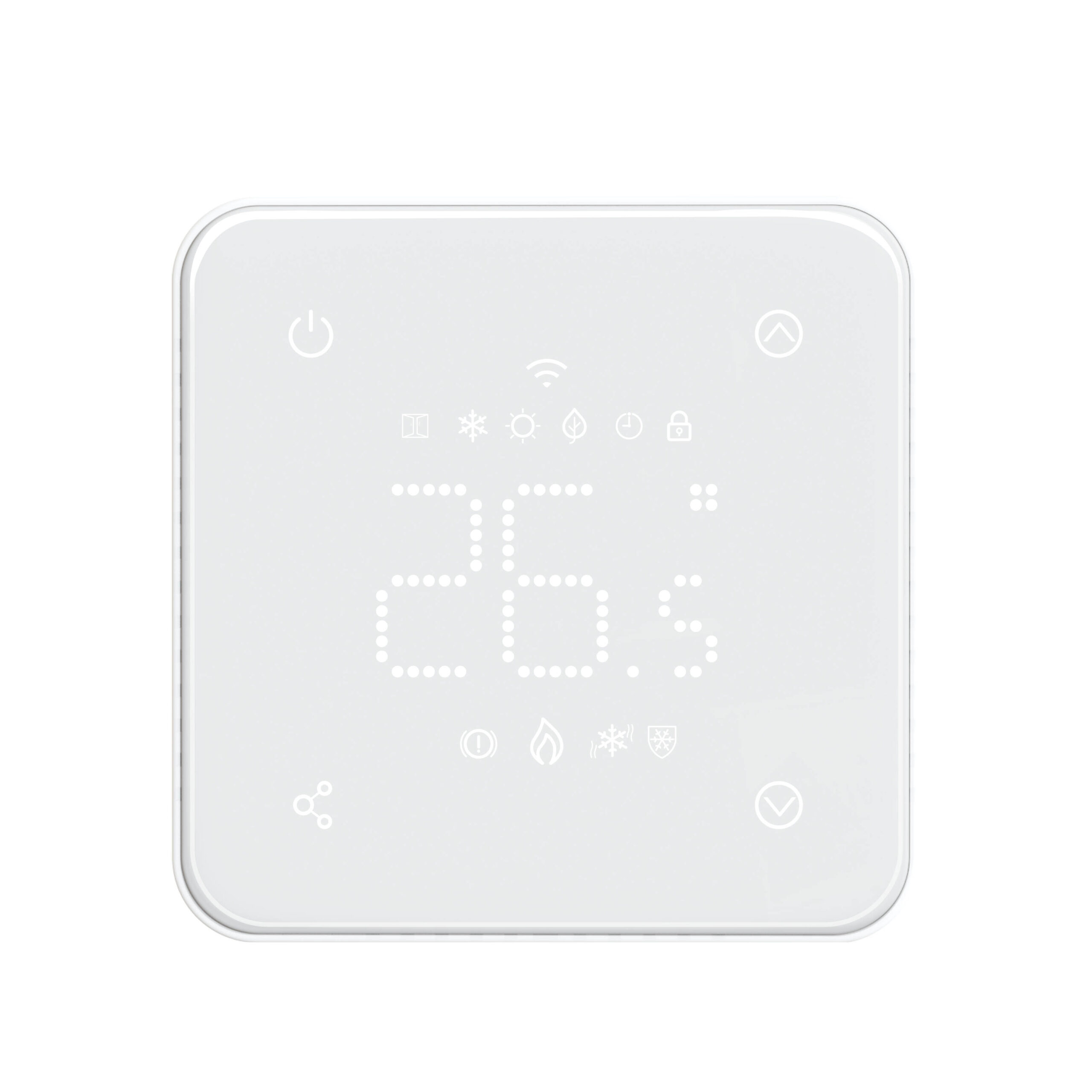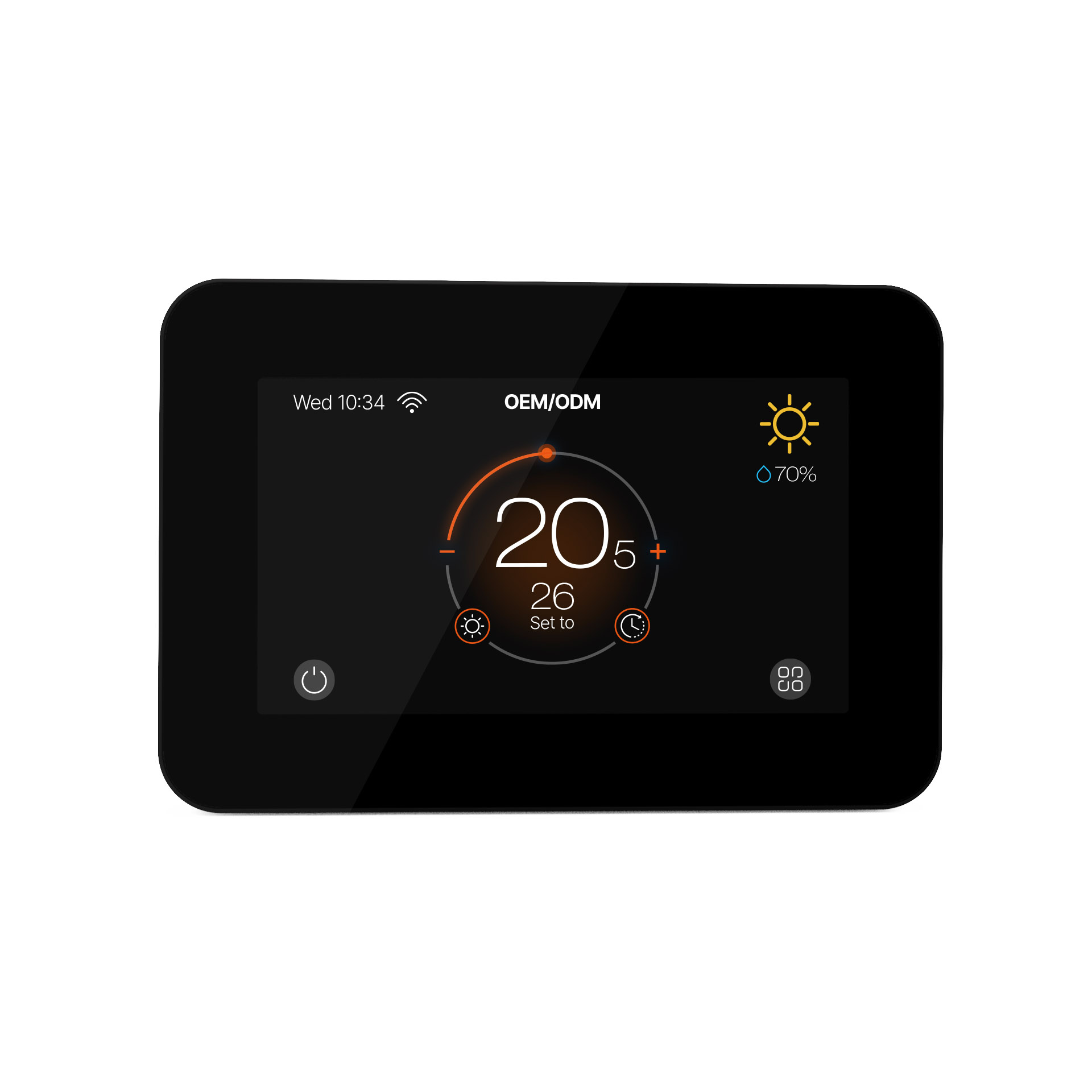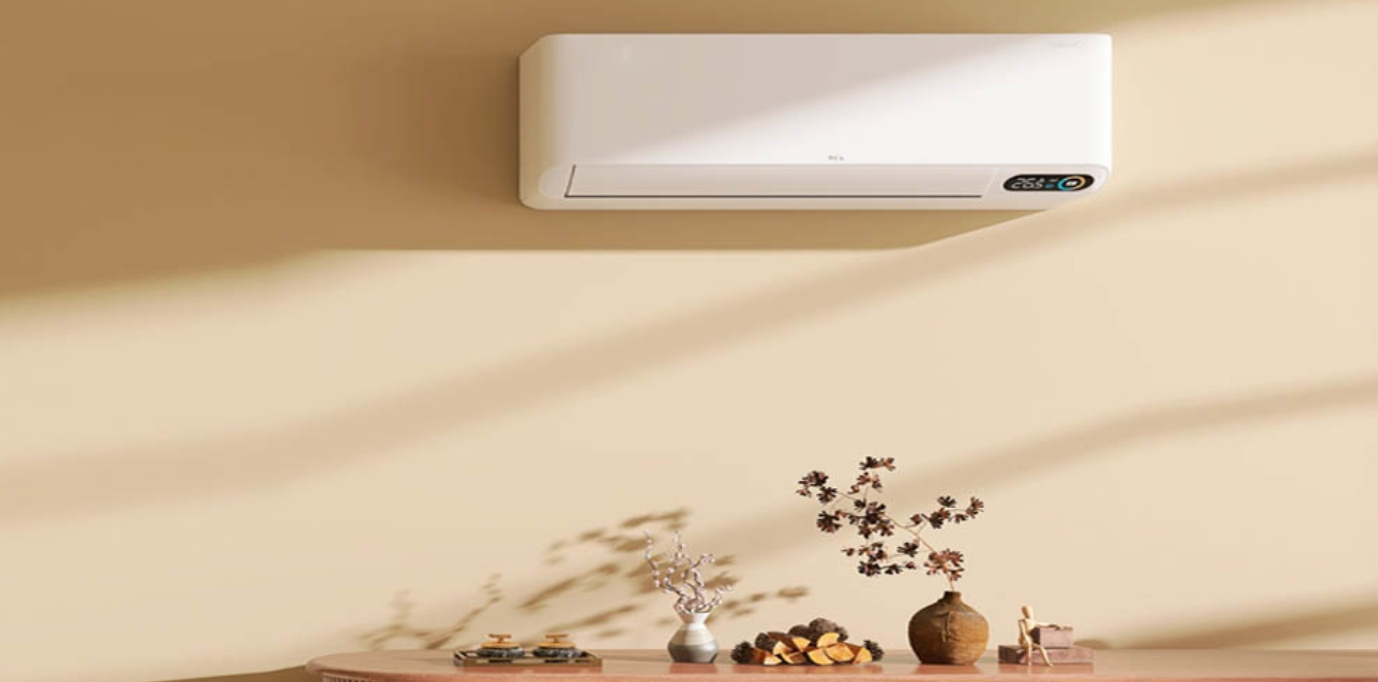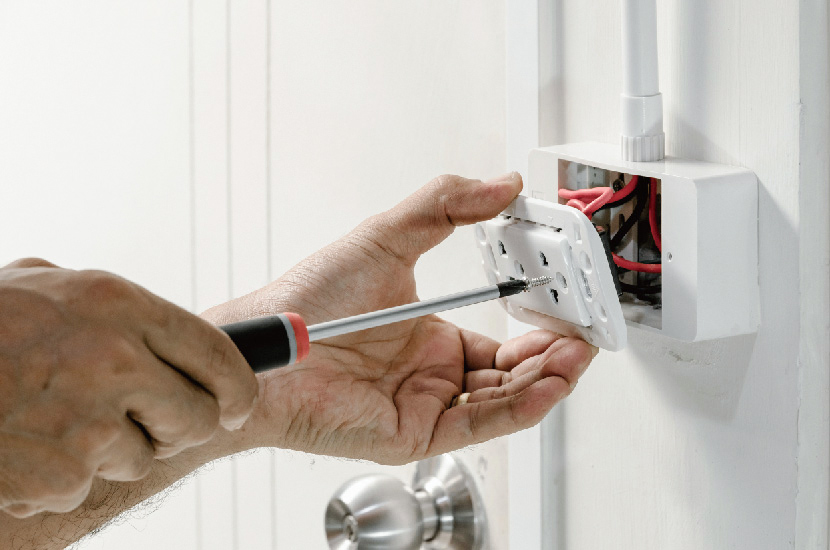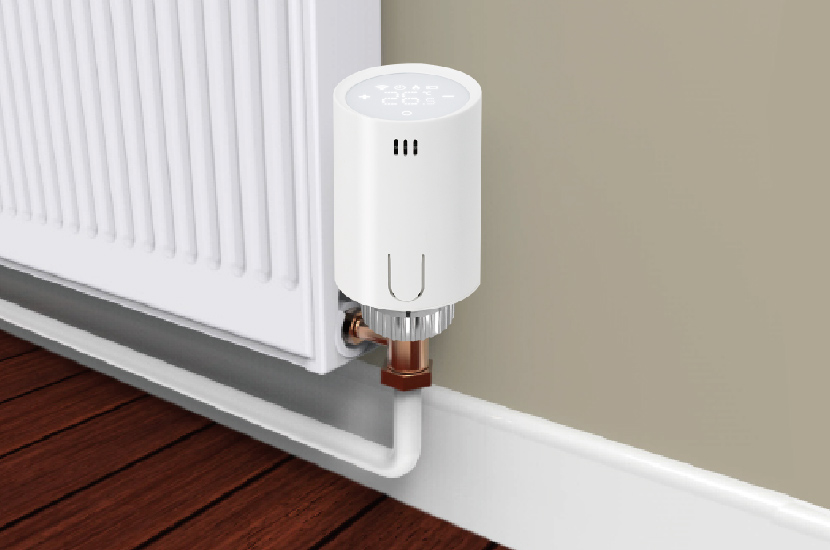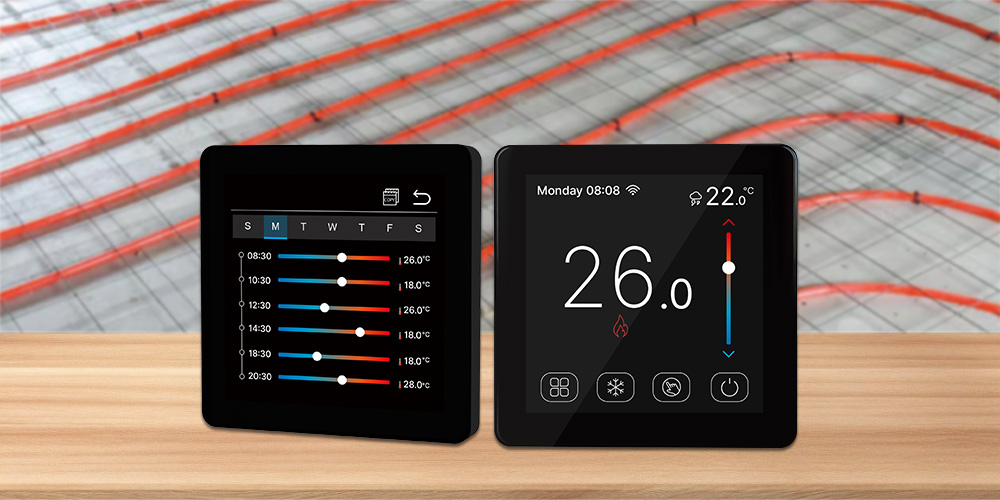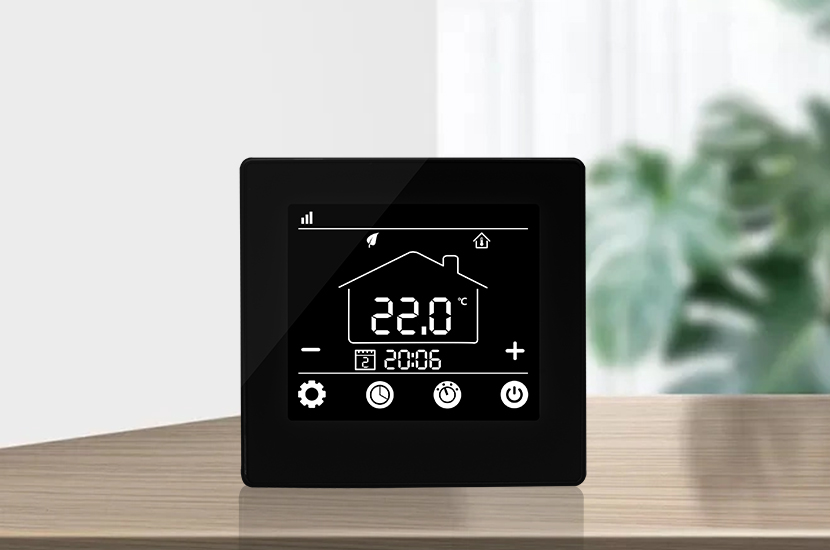What should I do if the thermostat short-circuits when it encounters water?
Featured articles
More from the category
The thermostat plays a key role in regulating indoor temperature and maintaining a comfortable environment, but when it accidentally encounters water and short-circuits, not only will the device not work properly, but it may also cause safety risks. In this case, it is crucial to master the correct handling method. The following will explain the coping strategy in detail.

Emergency treatment: Ensure safety at the first time
When it is found that the thermostat short-circuits when it encounters water, the first priority is to ensure personal safety. Immediately turn off the main power supply in the home to prevent electric shock accidents. This step must not be ignored. Next, use dry insulating tools, such as plastic handle clips, to carefully remove the accumulated water on the surface of the thermostat. If there is obvious water flow along the wall or ceiling, it is necessary to quickly absorb it with a highly absorbent towel or paper towel to prevent the water from further penetrating into the device.
Fault judgment: Preliminary assessment of the degree of damage
After the power is turned off, carefully observe the appearance of the thermostat. If there are water stains on the surface, and the indicator light is not on and the screen is not displayed, there is a high probability that a short circuit has occurred. Open the thermostat casing (make sure the power is off before operation) and check the internal components. If you find burn marks on the circuit board, components fall off, or smell a pungent burnt smell, it means that the short circuit is more serious. However, non-professionals should not disassemble complex electronic components by themselves to avoid secondary damage.
Repair method: Classify and handle according to the damage situation
For minor short circuits, after ensuring that the thermostat is completely dry, you can try to reconnect the power. Place the thermostat in a well-ventilated place to dry naturally, or use the cold air setting of a hair dryer to dry it from a distance. Do not use hot air, as high temperature may damage the components. Dry for at least 12-24 hours, then power on and test. If it can display and work normally, it means that the fault has been eliminated. If the thermostat still cannot operate normally, it is recommended to contact the professional maintenance personnel of the equipment manufacturer. They have professional tools and knowledge to accurately detect damaged components and replace them. For thermostats that have passed the warranty period, you can also find a qualified third-party maintenance organization, but pay attention to their reputation and qualifications.
Preventive measures: Reduce the risk of short circuits caused by water
To prevent the thermostat from short circuiting due to water, some preventive measures can be taken in daily use. When installing a thermostat in areas with high humidity, such as kitchens and bathrooms, waterproof products should be selected and waterproof covers should be installed. Regularly check the waterproof facilities of the house to prevent water seepage from the roof and walls from affecting the thermostat. At the same time, avoid using equipment that may produce water mist, such as spray bottles and humidifiers, near the thermostat.
